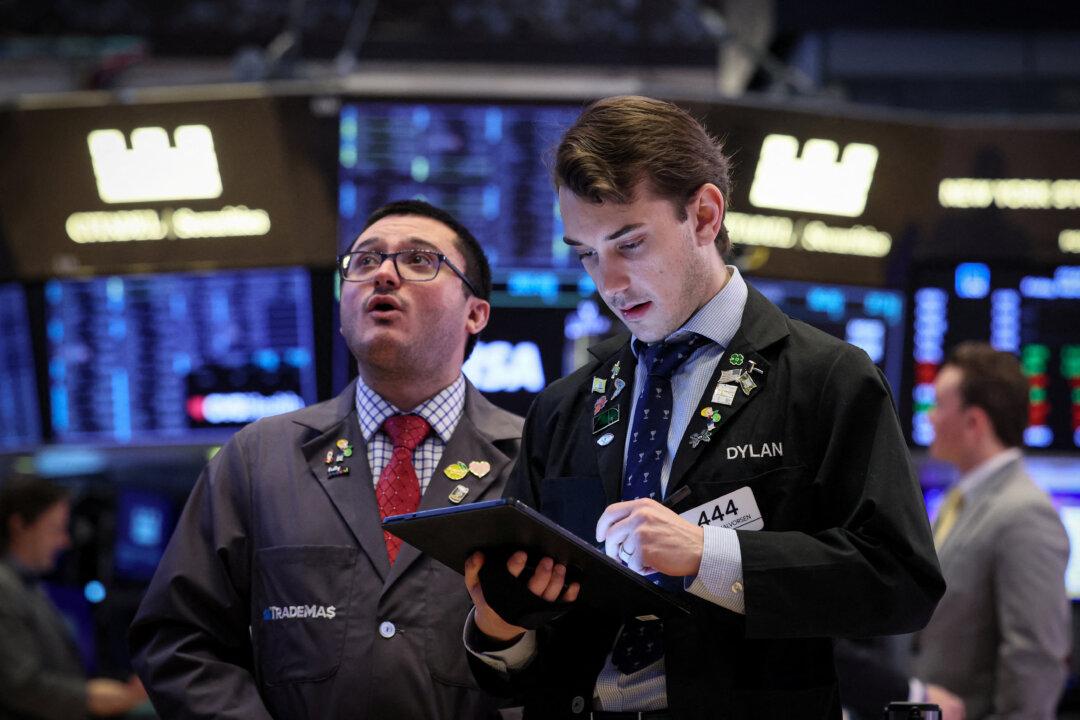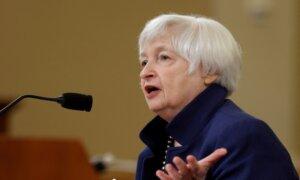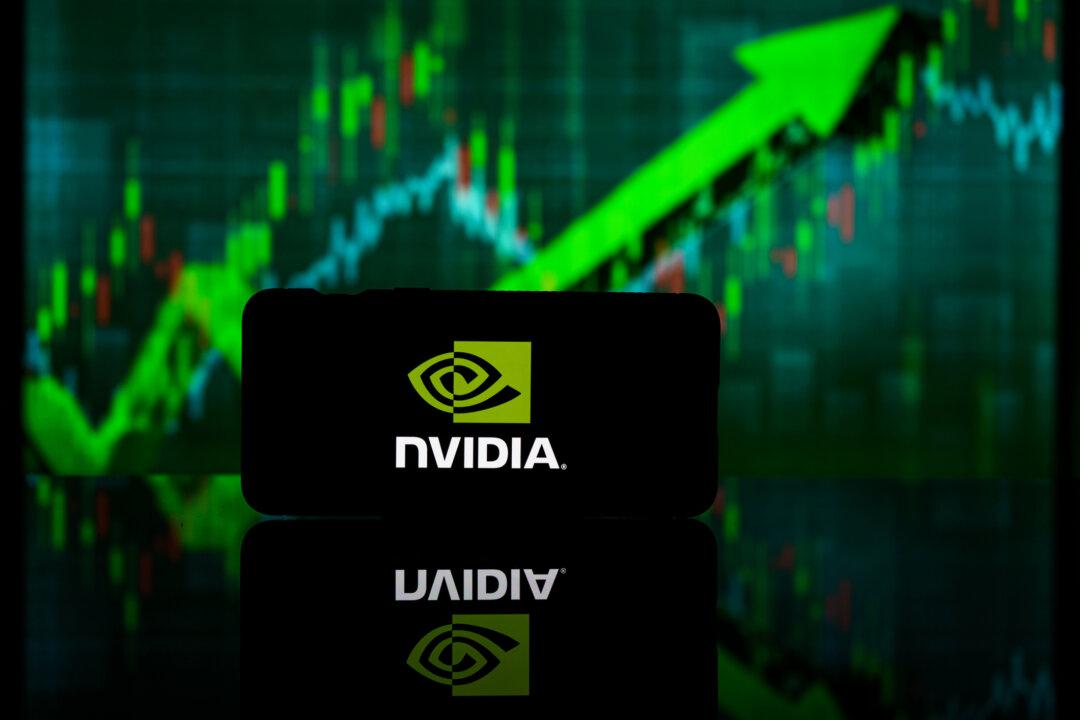The market’s mantra in May seems to be “Bad News is Good News,” since it takes bad news to send the markets up. Specifically, it took a plunge in consumer confidence over food and energy costs, slowing job growth and decelerating wage gains, plus slower ISM manufacturing and service numbers (under 50, signaling a contraction) to push 10-year Treasury yields below 4.5% early last week, giving Wall Street some renewed hope that the Fed might begin cutting key interest rates sooner rather than later. Treasury rates also remained low since last week’s Treasury refinancing went well for T-bills, notes and bonds. On Thursday, the $25 billion auction of 30-year Treasury bonds was well received, so Treasury yields fell, triggering a stock market rally. Someday, economists fear that Treasury yields could soar if buyers balk because they think the federal government is too deep in debt, but Thursday was not that day. Still, with all that bad news, the Atlanta Fed raised its second-quarter GDP estimate to a 4.2% annual pace, up from its previous 3.3% estimate – despite last week’s dismal economic data that caused Treasury yields to decline. The Atlanta Fed cited a revision in real personal expenditure growth, as well as real private domestic investment, as their primary reasons for the upward GDP revision. Confused? I know I am! I suppose the Atlanta Fed must expect a big replenishment in inventories to reach 4.2% GDP growth.
Here are the most important market news items and what this news means:
- The Labor Department on Tuesday announced that the Producer Price Index (PPI) rose 0.5% in April and 2.2% in the past 12 months. The core PPI, excluding food, energy and trade, rose 0.4% in April and 3.1% in the past 12 months. Approximately 75% of the rise in wholesale goods prices was due to a 5.4% increase in wholesale gasoline prices. Overall, since energy remains the primary inflation catalyst, there is little the Fed can do, since energy prices are largely inelastic.
- On Wednesday the Consumer Price Index (CPI) will be announced and currently, econometric models are predicting a 0.4% increase. All eyes will be on owners’ equivalent rent (shelter costs) and it will be interesting if there is any relief in higher shelter costs. Retail sales will also be announced on Wednesday and Wall Street is hoping for a weak report to lower bond yields and encourage the Fed to cut key interest rates sooner than later.
- The Biden Administration this week hiked its tariffs on Chinese electric vehicles (EVs) from 27.5% to 102.5%. Clearly, this is being done to shore up Biden’s support in Michigan, which is a key swing state. Since China is not actively selling EVs in the U.S., this 102.5% tariff is largely symbolic. However, the Biden Administration also raised the tariffs on lithium-ion batteries, steel, and aluminum from 7.5% to 25%, as well as semiconductors and solar cells from 25% to 50%. Additionally, there are new 25% tariffs on ship-to-shore cranes, plus a new 50% tariff on medical syringes. These tariffs, especially on EVs, are largely politically motivated to help Biden win Michigan. However, many of the other tariffs seem to be an act of desperation, since onshoring efforts have failed, so these higher tariffs are expected to contribute to higher prices and fuel inflation.
- The best evidence that EV sales are waning came from Ford last Friday. Specifically, Ford has begun cutting orders from battery suppliers to stem growing EV losses of up to $100,000 per vehicle. Ford is reducing EV spending by $12 billion, which will entail delaying new EV models and shrinking existing battery plants. Ford’s Chief Executive Officer, Jim Farley, recently said its EV unit, Model e, “is the main drag on the whole company right now.” However, Ford is still fast-tracking the development of small EVs that will start at $25,000 and debut in late 2026. Volkswagen teamed up with a Chinese partner, Xpeng, to build cheaper, smaller EVs. It will be interesting if Ford deepens its ties with China’s CATL to keep its EV costs down.
- The energy market is on edge because the fighting between Russia and Ukraine persists, but at a horrific cost to the troops on the ground. Russia reportedly lost 1,740 troops in a day, plus 30 tanks and 42 armored vehicles according to Britain’s Express on Monday as it captured more villages in Ukraine. The truth of the matter is the Russian/Ukrainian conflict is a war of attrition, where Russia is advancing at tremendous costs (almost 500,000 troops killed), but Ukraine has also suffered tremendous losses and is running out of troops. As a result, Ukraine may become increasingly desperate and in addition to attacking Russian oil refineries and railroads, I would not be surprised if Ukraine sabotaged the Russian Arctic oil pipelines, which could send crude oil prices soaring.
Energy stocks are very resilient in this current environment. I like them because they zig when the tech stocks zag. It is important to hold some energy stocks at this time. Speaking of tech, the Magnificent 7 is down 1.3% in the last week and is underperforming, as investors have rotated to trimming over performers and are adding to underperformers. The market breadth is on the upswing with the Russell 2000 leading for the last 30 days, even outperforming the Dow. The even-weighted S&P is outpacing the market-weighted for the last week. Momentum remains to the upside but has slowed as the indexes have fully recovered from the April pullback and re-approach the highs.





